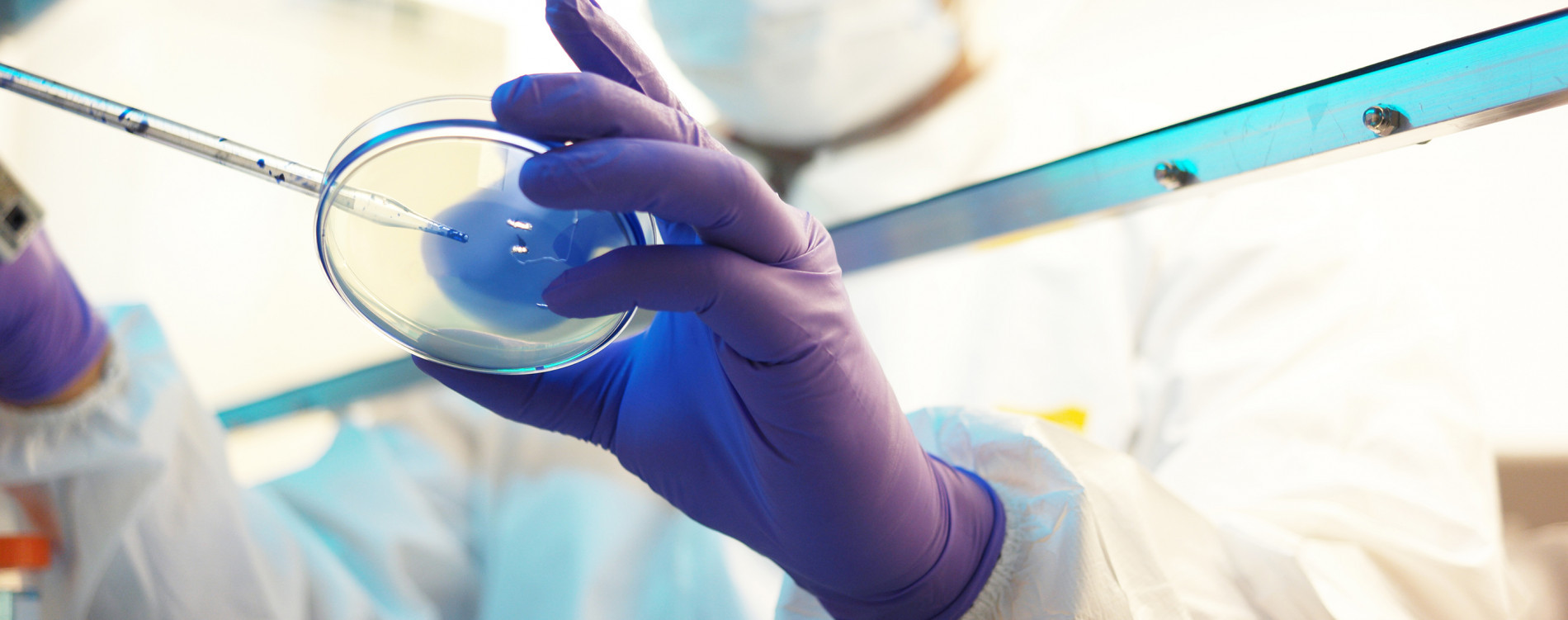Scientists have successfully modeled some of the key features of Alzheimer’s disease in a dish. The new technology, developed by a team of researchers at Massachusetts General Hospital (MGH) led by Rudolph E. Tanzi, may offer a more accurate, efficient, and cost-effective way to screen prospective drugs for Alzheimer’s while also advancing our ability to understand the biological processes that lead to the disease.
A New Way to Model Alzheimer’s
Typically, compounds that could be developed into drugs for Alzheimer's are tested against cultured brain cells in a process called “high-throughput screening.” By inserting genes for misfolded beta-amyloid (which form "plaques") into cultured brain cells, the MGH team was able to create a more accurate three-dimensional model of Alzheimer’s that included, for the first time, not only the disease’s hallmark plaques, but also its tangles. These three-dimensional models could serve as an ideal tool to test potential drugs for Alzheimer’s in high-throughput screens.
The Limitations of the Model
Despite initial excitement, there are certain limitations to the new model. Perhaps the biggest drawback: the Alzheimer’s prototype is based on the mutations found in familial Alzheimer’s disease (FAD), a very rare type of the disease. We don’t yet fully understand the relationship between this rare mutation and the far more common “sporadic,” or late-onset, form of Alzheimer’s. researchers will need to prove, through human testing, that this inherited, mutated form of Alzheimer’s disease fully represents sporadic Alzheimer’s disease before we can conclude that the model is an effective way to develop new drugs for both types of Alzheimer's.
Implications for Drug Development
By offering a much more efficient and inexpensive way to test drugs for Alzheimer’s disease, the new model could expedite drug development. While we don’t yet know how far this new model will take Alzheimer’s researchers, it’s clear that these findings represent an important advance in our ability to screen potential new drugs.
